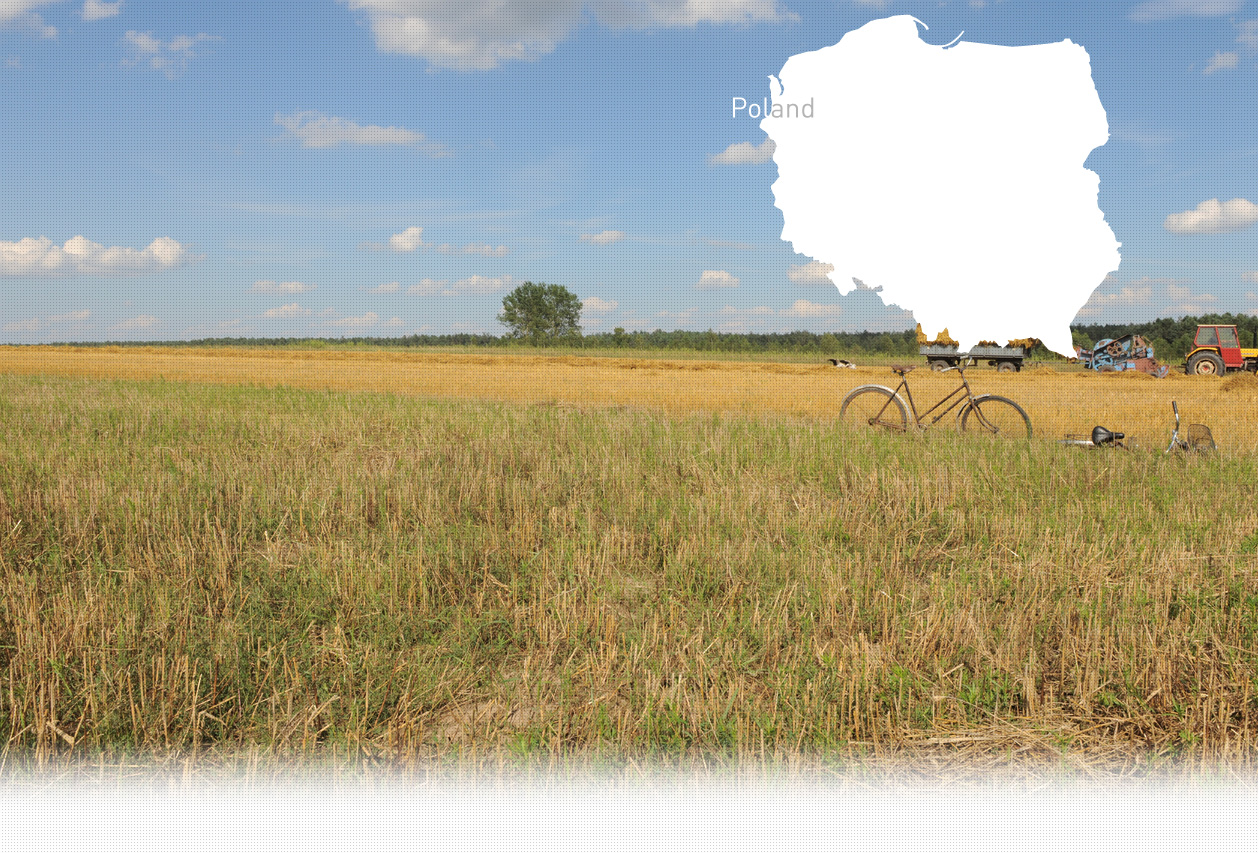

1 Killing site(s)
Zofia D., born in 1927: "A Volksdeutscher from Poznań named Cepik supervised the Jewish prisoners at the camp in Werbkowice. The prisoners were mostly young Jews. Cepik took them out in groups to work on the estate or in the village. He abused them regularly—carrying a whip, which he used to lash them across their bare backs." [Testimony N°YIU1459P, interviewed in Werbkowice, on August 17, 2023]
"In the autumn of 1942 or 1943, gendarmes from the Werbkowice police station executed approximately 21 Jewish men and women who had been working at the local sawmill. They were taken to the edge of a pit and shot. At an unspecified date during the occupation, the commandant of the Werbkowice camp (name unknown) shot and killed a middle-aged Jewish woman at the local train station. Her body was buried in a nearby field next to the station." [Testimony of Mieczyslaw Brzozka; PN-OKL, Ds 5/73, copied: vol. 3, pp. 453]
Werbkowice is a village in Hrubieszów County, Lublin Voivodeship, in eastern Poland. It lies approximately 12 km (7 miles) south-west of Hrubieszów and 101 km (63 miles) south-east of the regional capital, Lublin.
The origins of Werbkowice may date back as early as the 7th–8th century, as confirmed by archaeological research indicating a continuous settlement from that period. The first written mention of the village appears in documents from the 14th century. From the 17th century onward, Werbkowice became associated with local nobility, first through a manor house and later through a palace established by the landowning families.
In the mid-19th century, the village gained regional recognition for sheep breeding. The sheepfold owned by Antoni Szydłowski became one of the earliest and largest in the Kingdom of Poland. At the beginning of the 20th century, the Werbkowice estate was purchased by Edward Chrzanowski, a prominent landowner with multiple estates. From 1908 until 1944, the estate was owned by the Rulikowski family.
Before the Second World War, Werbkowice had a small Jewish population. According to local witnesses interviewed by Yahad - In Unum, four Jewish families lived in the village. The Gidale family was involved in commerce, while other Jewish residents worked at the local sawmill alongside Polish laborers.
Although the Jewish community in Werbkowice was small, the nearby county seat of Hrubieszów was a vibrant center of Jewish life. Prior to the war, Hrubieszów was home to approximately 7,500 Jews, who made up 68% of the town’s population. Smaller Jewish communities in the surrounding villages, including Werbkowice, often traveled there to pray at the synagogue and to bury their dead in the Jewish cemetery.
Following the outbreak of the Second World War, the German administration in the region was centralized in Hrubieszów, although a local gendarmerie post was also established in Werbkowice.
In the summer of 1941, a labor camp for Jews and Poles was relocated from Oszczów to Werbkowice. Approximately 40 to 60 forced laborers—primarily young Jewish men—were detained in two barracks and assigned to work on the local estate and at the sawmill. According to a witness interviewed by Yahad - In Unum, the camp commandant, a German or Volksdeutscher from Poznań, subjected the prisoners to severe mistreatment, including starvation and beatings.
According to historical sources, in May 1942, the Jewish residents of Werbkowice—likely the town’s permanent Jewish population—were deported to Grabowiec along with other Jews from the surrounding area. Between June and October 1942, most of these individuals were sent to the Sobibor extermination camp. Others were either killed locally or transferred to labor camps.
As for the labor camp inmates, in the autumn of 1942 or 1943, during the camp’s liquidation, around 21 Jewish men and women employed at the Werbkowice sawmill were executed. They were killed either by local gendarmes or by the camp commandant. The victims had previously been forced to dig a pit at the site, into which their bodies were buried after the execution.
Today, the former site of the sawmill, where the victims’ remains lie, has been redeveloped into a commercial zone with warehouses. The mass grave remains unmarked and un-commemorated.
Additionally, Polish archival sources report that, during the German occupation, a middle-aged Jewish woman was shot by the camp commandant at the local railway station. Her body was buried in a nearby field. The precise location of the grave remains unknown.
Do you have additional information regarding a village that you would like to share with Yahad ?
Please contact us at contact@yahadinunum.org
or by calling Yahad – In Unum at +33 (0) 1 53 20 13 17